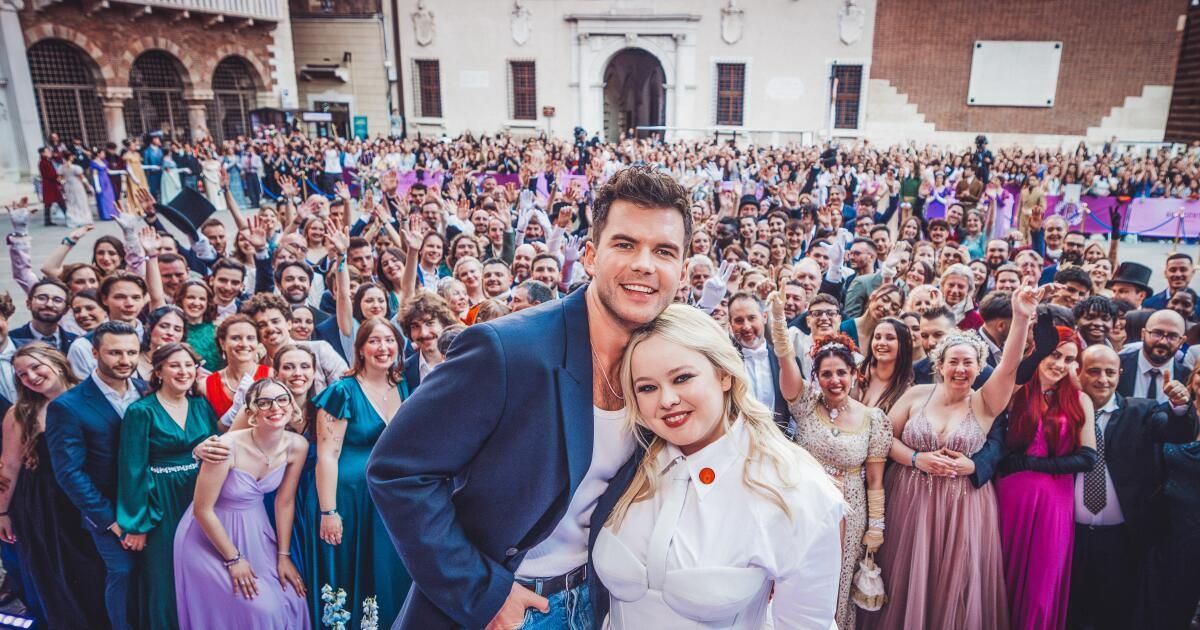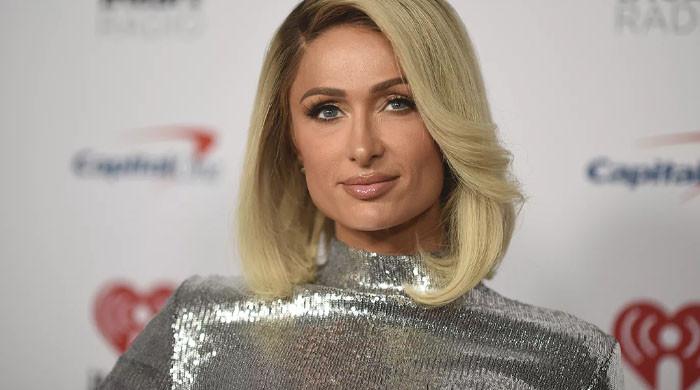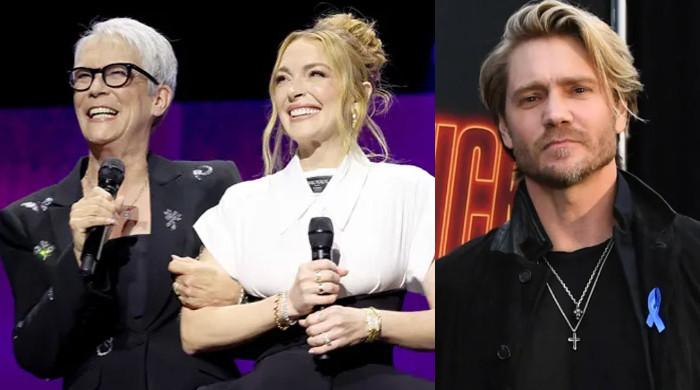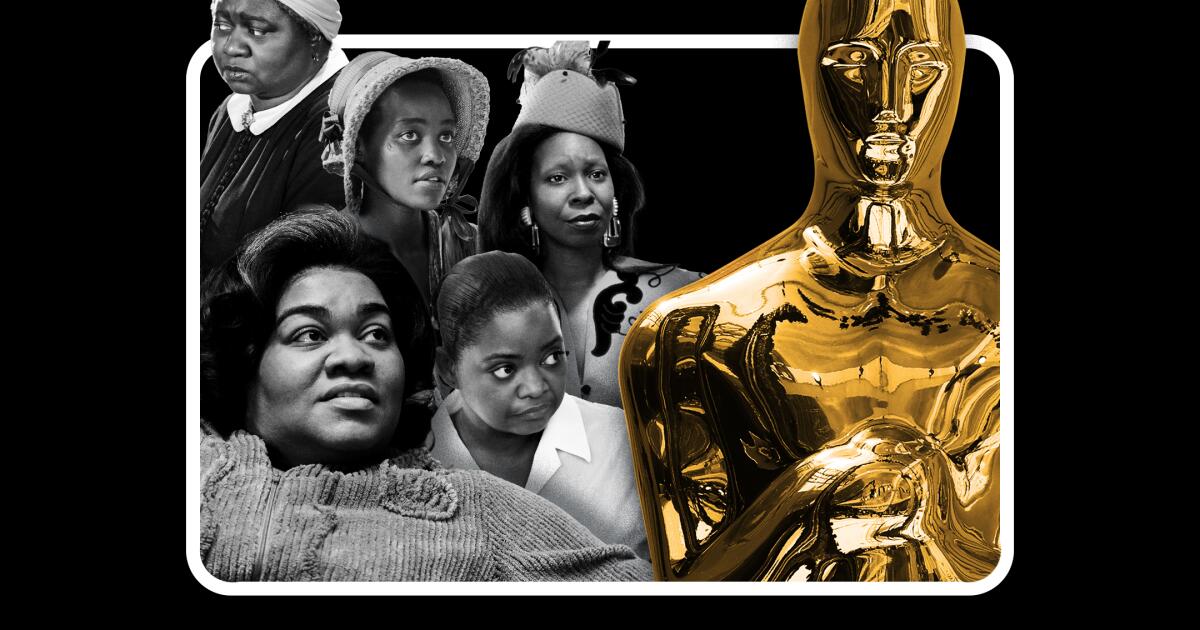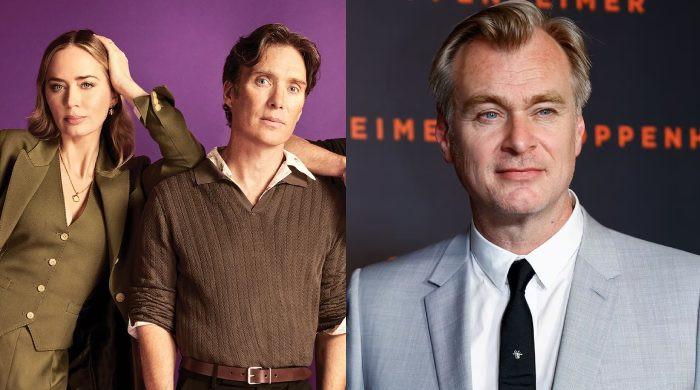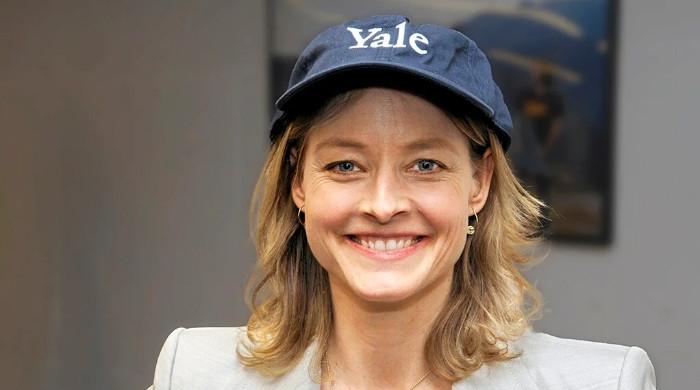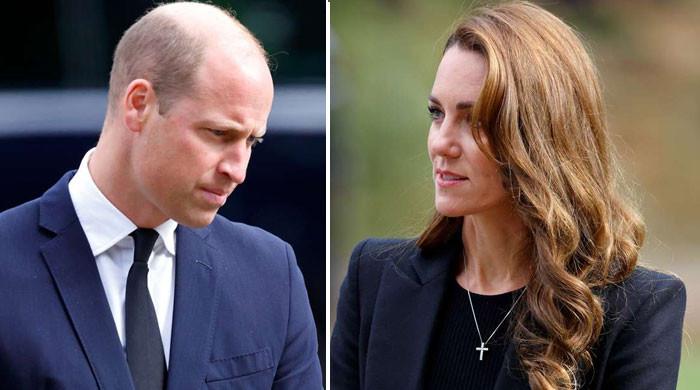Hollywood has become a real burden. Last year's writers and actors strikes may be over, but the industry, along with the public, is still paying the price. Everywhere you look, there's bad news: the locker is in the bathroom. The television is in constriction mode. Studios and networks continue to merge, with mixed results. Writers, actors and crew members struggle to find work. Linear television is dying and streaming subscribers face rising prices and/or repetitive, poorly placed ads.
Then there's “Bridgerton.” Throwing out roses (Bridgerton-themed bouquets are now available at many florists) and tea cakes (available at Republic of Tea and Williams Sonoma), the third season of the Regency romance is shedding light on a thousand (inspired by Bridgerton, Bath and Body Works) sails in a tired and anxious business.
Forget “Deadpool and Wolverine,” “Despicable Me 4” or whatever movie experts predict will finally permeate the summer zeitgeist. If you've managed to avoid the ambitious, omnipresent media campaign of the now wildly popular third season of “Bridgerton,” split into two parts for maximum impact, you have better filters than I do.
Based on the novels by Julia Quinn, the first co-production of Netflix and Shonda Rhimes' Shondaland debuted in the still COVID-plagued month of December 2020 and quickly became a pandemic hit. Reaching a broad and historically underserved audience of period romance fans, “Bridgerton”’s audience grew with season 2 and the spinoff “Queen Charlotte.”
As the show gained momentum and the pandemic subsided, fan events began to appear: a Valentine's Day-adjacent event was created in 2021 to celebrate love, and “The Queen's Ball: A Bridgerton Experience” debuted in Los Angeles in 2022 before touring the country. . Behind-the-scenes content, interviews, and some branded merchandise were available on Shondaland's website and Netflix's internal publication, TUDUM.
But none of that could have prepared one for the third season of “Bridgerton,” which did not premiere but invaded. Worldwide.
Before the premiere of the first four episodes in May, a preview campaign filled much of the world and its media with images of sexy carriages, flowing dresses, sparkling gems, sky-high wigs and all the passion, repressed and expressed, that a hectic neckline could endure. .
“Bridgerton” took over squares, hotels and entire towns for fan events; created multinational influence campaigns; and infiltrated every retailer from Ladurée to Target. He's filled the Billboard charts with his music and filled everyone's social media feeds with clips, interviews, memes and general conversations about this season's lead couple, Penelope Featherington (Nicola Coughlan) and Colin Bridgerton (Luke Newton), affectionately known as like “Polin”.
That nickname was adopted by the CDC to remind people that allergies do not require antibiotics and by Flonase to offer a pharmaceutical alternative.
Even the US government has been “Bridgerton”: a recent offer for a job at the US Embassy in London was disguised as a missive from the series' famous gossip purveyor, Lady Whistledown.
And there's more on the way as fans count down the days until the second half of the season begins on June 13.
You don't have to be a superfan of Polin, Whistledown or “Bridgerton” to appreciate the glory of watching a franchise that knows its audience and its value capitalize on both with the kind of ad campaign historically reserved for Marvel, “Mission.” : Impossible” and peak “Game of Thrones”.
“Season 3,” said Marian Lee, Netflix's chief marketing officer, “allowed us to really go big. Fans know the characters. We've been able to plan and launch “This is the number one show on Netflix.” “That made it easier.”
It's also the first time, Lee adds, that the lack of COVID restrictions allowed the cast to roam freely. “This is the first time all this happens in real life, the first time we take [the cast] everywhere, so it is new to them.”
New to the world too. With its frothy romantic heart, macaroni-hued palette and over-the-top dance scenes, “Bridgerton” is the antithesis of the kind of Comic-Con-favorite who-will-rule-the-world movies that typically draw on events and experiences. driven campaigns. Yes, there was an actual duel in Season 1, but any violence in “Bridgerton” is of the emotional variety: The series is almost exclusively about the battlefield of love. And family. And galas.
“It's a new take on things,” Lee said. “It is joy, palace intrigue, love, family and friendship. “Not entirely healthy,” she added with a laugh, referring to the show’s notoriously steamy sex scenes, “but it’s a nice story where the world isn’t about to end.”
For those who don't follow the show, or who have somehow managed to avoid the avalanche of publicity it has generated, “Bridgerton” revolves around the romantic lives of the Bridgerton family and other members of the Tons, an elite British group. of the 18th century. gathered around the court of Queen Charlotte (Golda Rosheuvel). Narrated by the popular yet feared purveyor of local gossip, Lady Whistledown (voiced by Julie Andrews), each season focuses on the courtship and eventual marriage of a Bridgerton boy.
“The Queen's Ball: A Bridgerton Experience,” released in Los Angeles in 2022, is now a global mainstay of Netflix's marketing of the show.
(Federico Imperiale/Netflix)
In season 3, it would be Colin, the third child in the family, who finally accepts his feelings for Penelope, an old friend who has missed him for years. For a variety of reasons (not the least of which is Coughlan herself), Penelope is a fan favorite and “Polin's” friends-lovers story has been highly anticipated.
To intensify that anticipation, Netflix leaned into its international presence and sent Coughlan, Newton and other cast members on a 10-country press tour.
An Australian town became Ton. A ball in Verona, Italy, allowed 50 couples to get engaged or renew their wedding vows. A “Bridgerton”-themed garden bloomed at the Chelsea Flower Show, a “Bridgerton” walk filled New York's Meatpacking District and “The Queen's Ball: A Bridgerton Experience” went global, debuting in Melbourne this month.
It turns out that Regency romance fans love cosplaying as much as any Marvel or “Game of Thrones” fan. “I'm always amazed at how many people stand in line for hours in these amazing costumes,” Lee said.
Meanwhile, a constant barrage of video content flooded every available media platform: trailers, clips and stills, obviously, plus a thicket of behind-the-scenes clips (it's always fun to see wig maintenance and actors trying to stay warm in period costumes) and every type of interview imaginable with the large and winning cast.
As someone who likes the show but is by no means a superfan, I was surprised by the amount of content that has appeared on my social media feeds. It was a little annoying at first, but cast members like Rosheuvel, Coughlan, and Claudia Jessie, who plays Eloise Bridgerton, were so playful and charming that I was hooked.
I've watched hours of these actors being interrogated about Regency terms and quotes from the show, trying to identify their male co-stars from photographs of their sideburns and women from their jewelry, giving readings of the famous lines from ” Bridgerton” with an American accent and ordinary instructions in “a sexy voice”, being interviewed with puppies, with cups of tea and about the difficulties of using the bathroom in a costume.
Then there's the merchandise, not just the stuffed corgis or Penelope t-shirts, but also Maxbone pet accessories, Allure Bridal dresses, Risque nail polish, and Izzy and Liv's newly launched Bridgerton line.
And that, gentle reader, is not all; The highlight of this year's campaign is a real “Bridgerton” wedding. Series superfans and real-life friends and lovers Shanti Hinton and Tiffany Rae enjoyed Ton's fantasy wedding, documented in episodes on Netflix and TUDUM's YouTube channel.
Hinton and Rae make a glorious (and surprisingly camera-ready) couple, but for the entertainment industry, it's not just their love that brightens the moment. It is optimism. It turns out that Hollywood can still make dreams come true.
I know, I know, it's marketing, made possible by the unique partnership of heavy hitters Netflix and Shondaland. Netflix may have the algorithms (and apparently some money), but Rhimes has been at the forefront of audience engagement since he blogged about “Grey's Anatomy” on ABC's website.
It's not that money doesn't matter. Obviously it is quite expensive to sell a show this way. In the wake of the strikes and amid so many layoffs, even at Netflix, the “Bridgerton” media blitz could be perceived as a bit off-key in a “Let them eat cake” sort of way.
But in a time of so much uncertainty, when Hollywood seems to have forgotten how to do the things it does best, it's also refreshing to see such flexibility.
Especially for a series aimed at women, with no sword, crossbow or lightsaber in sight. Fan events, activations and immersive experiences aren't new to TV marketing, but science fiction and fantasy, with their alternate worlds, life-or-death stakes and big bad villains, have traditionally claimed the lion's share of the show. marketing budgets. “Game of Thrones” put a fake dragon skull on the beach on Dorset's Jurassic Coast, for God's sake.
“Bridgerton,” on the other hand, leans toward a quieter, skirt-flowing fantasy, last introduced by “Downton Abbey,” which provided something of a beginner's manual, with its tea parties and themed events. (In fact, “Downton Abbey: The Exhibition” is still on tour.)
But Netflix is not PBS, Rhimes is not Julian Fellowes, and “Bridgerton” is not “Downton Abbey.” It's a heartbreaking, unapologetic youthful romance, with a diverse cast and cosplay-ready fans who can't wait to meet and greet and finally count their numbers.
“Deadpool and Wolverine” better tighten their corsets, because this summer it’s going to be hard to top “Bridgerton.”

